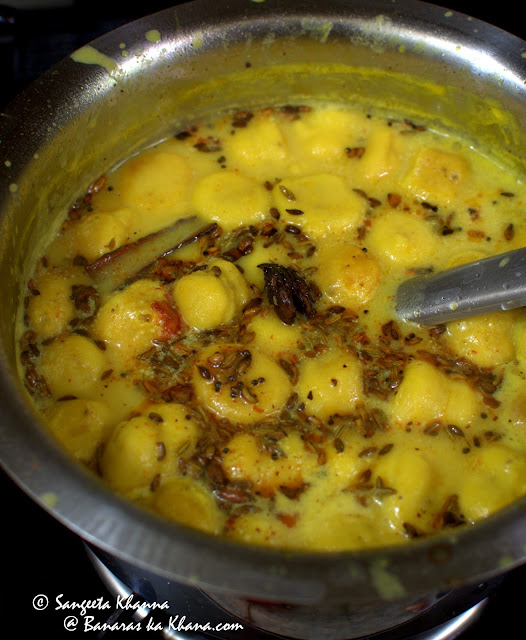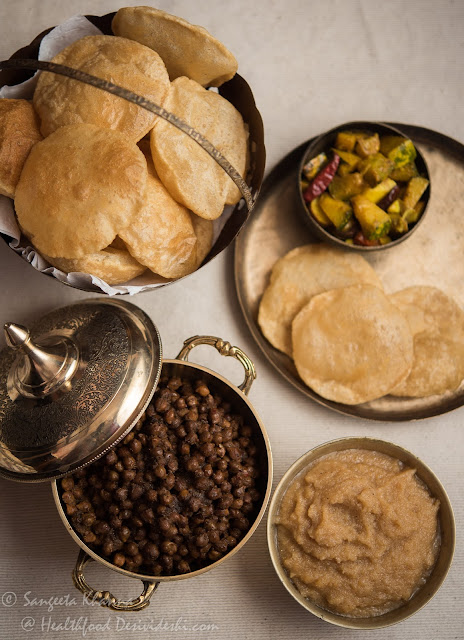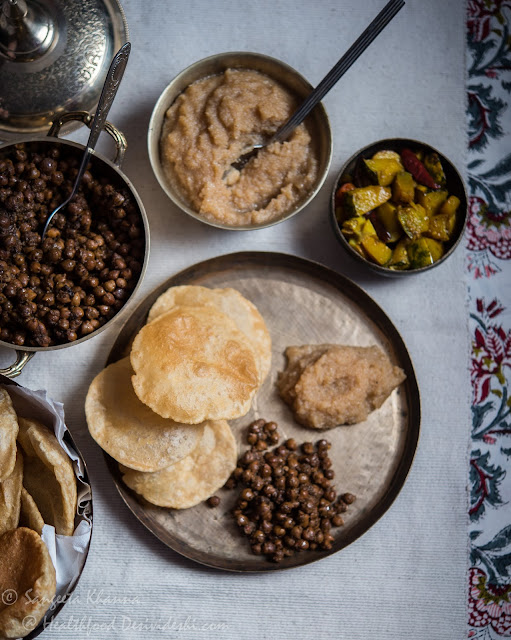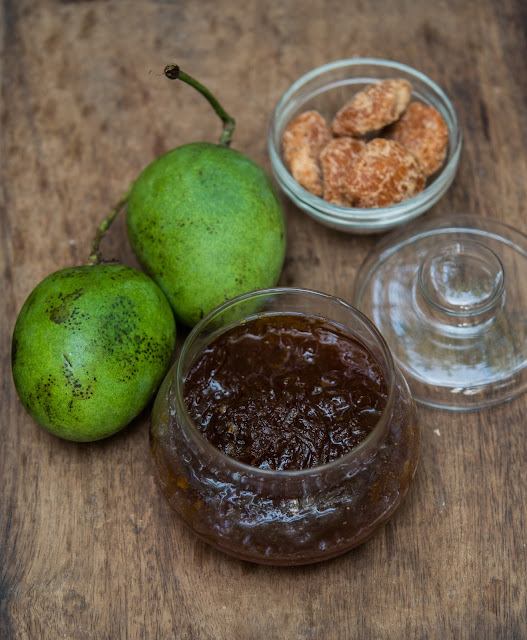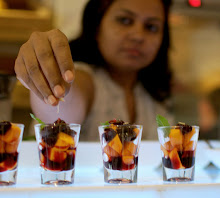brownies are such a loving and adorable treat that i have yet to see a person who denies a brownie.......my husband loves brownies of all color , size and shape and is super delighted to have it with vanilla ice cream....it is quite understandable that this one dessert recipe is a regular at my place.........and i make it in many ways .....initially when i first learnt to make brownies i would stick to the standard recipe using dark cooking chocolate ( i have that recipe in my drafts n have been postponing it for no apparent reason)....but now i try brownies with almost any thing chocolaty.......cocoa powder is a common replacement for dark chocolate but this time i made it with cadbury's drinking chocolate ( ran out of dark chocolate and cocoa powder both)........the reason for such adjustable recipes of brownie is that arvind can demand them anytime n i try n make it without a trip to the store....and secondly whenever some guests arrive for evening tea on short notice it is the easier thing to prepare for me...............we have a tradition to serve mithai to guests in India and i generally don't keep any store bought mithai at home .....this time i had suji ka laddo ( recipe coming later) and thought that a brownie will be a better option since the guests had young kids ( the kids liked it very much and the mother ended up asking for the recipe) ...he he...
also i find that the brownies made with dark chocolate are very fatty as they have higher amount of fat in the form of not only cocoa butter, some trans fats too.............when you replace dark chocolate with cocoa powder the fat content of brownie becomes considerably low....works very well for me because the intense flavor of chocolate is still there, just it becomes a bit drier...no problem with me.........so it's like the more fatty the brownie is , it is more gooyi , soft and sinful...heavenly in fact......as you replace it with cocoa powder it becomes a little dry and crumbly......tastes as good as the original one though.........after all, the choice is your's..........i think something which you like so much and is so fatty.....you should be able to adjust a little with the texture at least, if not the taste..........right!!
One more thing i want to tell about a recipe of brownie......many of my friends who have had my brownies, have been asking for the recipe for a long time.....and i tell you that at one such discussion of sharing the recipe i used to tell them that i'll start writing a blog wher i'll write down the recipe for you guys..........it took me this long even after starting my blog, to post this recipe....i am almost on a guilt pang now..........so it was the recipe of brownies , asked again n again , when i started thinking of blogging about food.....( people used to ask me recipes of almost everything i made though )..........so here it is.........
the brownie at last........it takes less time to make than reading my crap above...he he.........
ingredients
all purpose flour 1/3 cup
drinking chocolate 1/2 cup ( or cocoa powder which i use normally)
soda bicarb 1/4 tsp
baking powder 1/2 tsp
butter 1/4 cup
thick curds 1/2 cup ( i used curdled soy milk cuz i always have it due to mithi)
sugar 1/2 cup
coffee 1 heaped tsp brewed in 2 tbsp of hot water
procedure
mix together the first four ingredients with a fork or by sifting them together......
soften the butter and mix the remaining four ingredients by whisking them together......
now slowly add the dry ingredients into the wet ingredients little by little and keep whisking...i use a fork mostly...or a wire whisker...
the batter should be of thick ribbon consistency , that is , when you drop a ladle full of batter from above the bowl, it should fall like a thick ribbon...
pour in a suitable baking dish....i used a borosil loaf dish as i find it easier to make slices.....you can use a shallow dish to get thin sqaure pieces of brownie....
if you want nuts in your brownie.....add them just before pouring the batter into the baking dish...in that case a shallow dish is better as the nuts drown in the loaf dish....n you find them only in the bottom...
microwave for 4-5 minutes........
you have to make approximation with the timing according to the amount of batter.........my tip for making cake or brownie in the microwave is..........watch the sides of the cake rising first as it starts cooking from the sides........slowly when the center rises and the central most point rises...watch it...as soon as it comes up n gets firm , wait for 5 secs and stop.......your cake is done.........nice tip na!!
wait for 2 minutes before taking out from the microwave...you can insert a toothpick to test if it's done...
cool and cut into pieces to serve.....it crumbles when sliced while it is hot....so be careful.
enjoy..








